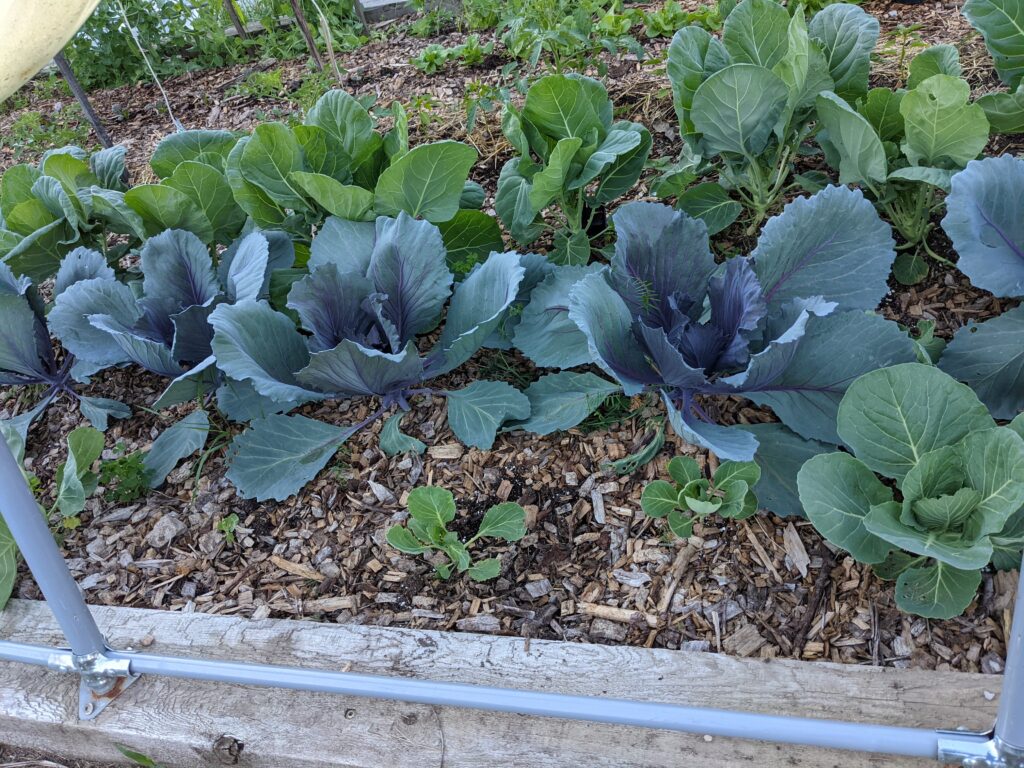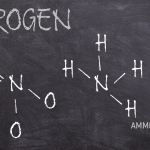Grow your food
In the Garden… Learn to grow your food

Gardening in Northern Ontario, specifically East of Georgian Bay, is a whole lot different then what our Southern/Eastern/Western coastal and inland neighbours experience. We have many different things to consider and navigate around that they do too, but ours are slightly different…
WEATHER
I don’t know how many times I’ve planted out frost tender seedlings in summer with 20C+ weather only to be slammed with unexpected frost that night. Or even better, with all the weather changes lately under the guise of Climate Change (yes you read that right) how long can we push our late fall season? Thankfully we do not have to worry about tornadoes so much…(I had better find some wood to knock on…)
PESTS
Ok, for the most part we’ve all got the same… except further south of the border. Some of those creatures I don’t even want to know exist! But did you know you could use some of them to your advantage?
ANIMALS
Ever had a deer snack on all of your lettuces just after you’ve planted the seedlings? Or how about a black bear that is hell bent at getting that one Sunflower that looks mighty tasty and rips half your fence down and completely destroys it? Ha! The best one – a moose just literally walking OVER your fence and gutting your garden… Don’t even get me started on the little guys! Chipmunks are the worst of them all!
SOIL
Ha! What soil?? Due to glaciers and the forming of the continents (I’m not doing a geology lesson)oh and acid rain from the mining up north, most of our soil is acidic. Very acidic. Or it’s sand. Or Igneous rock. There are some pockets of clay areas, which certainly help retain moisture, but it holds too much moisture. So trying to find a happy balance that doesn’t drain the nutrients and moisture out of the soil, plus actually having soil at all (the Canadian shield is fun) can really be a challenge.
All of these can discourage even the most seasoned gardener. I’ve taken what I’ve learned over the years and am sharing this knowledge with you… Check out below some tips and ways I’ve learned to navigate around them.





